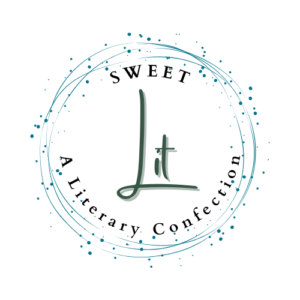Delicate as a Champagne Flute
The elbow is an unexpected point of intimacy. Blunt instruments self-defense classes
teach you to leverage to your advantage, elbows bust noses and break into lines—better
equipped to downshift an oil tanker or cock an AR-57 than caress a cheek. Yet, only
when seen from one side. Pale at the creases we hold by our sides pulsing, the joint
swings, a pendulum. Sharp as a bully’s laugh on the outside, inside, they are tender as a
lip, flightless wings we slip behind the necks of dance partners. Symbols of power as well
as limitation, the same joint that opens to give blood raises the hands to hold a head
hanging with regret.
When my Jeep was T-boned at an intersection, my left elbow flung against the
driver’s side door and shattered like a champagne flute.
At the time I waited tables. It would be months before I could walk again, since
the accident also fractured my skull and shattered my ankle, but when at last I returned
to the caf that served the best Eggs Benedict in the Denver Metro area, one of my
regular customers asked, “What happened?”
“Car wreck,” I said, turning to set a second plate before his dining partner. It was
a busy Sunday. I was the only waitress covering a dozen tables and didn’t want to chat
about it. To most, the brace helping my elbow bear the weight of a plate appeared to be
healing, but he pressed.
“Was it a clean break?” he asked, his eyes warm, the question not one many knew
to ask. I shook my head.
“I fell off a roof I was working on nineteen years ago and this arm could not catch
my fall,” he said. I winced. “What did your doctors say?”
“They reconstructed my joint.” I showed him the outline of the six surgical screws
that showed through the thin skin of my forearm. He asked about my range of motion,
and I told him about the brace at home designed to stretch the scar tissue.
“I’m sure they’ve come a long way since mine,” he said.
“It looks like a medieval torture device,” I said, since
and a vise when it cranked it closed. Only the red Velcro straps that gripped my arm in
white plastic cuffs appeared to be recent technologies. When I turned the dial to stretch
my clenched ligaments, icicles radiated from my joint, and I clawed at my forearm to
coax circulation back into my fingers.
“I’ve only got about twelve degrees, but I get by” he said, demonstrating how his
arm locked in each direction after several inches. His open arm bent toward me, as if
offering a hug. The chef dinged the bell from the kitchen, and I excused myself to tend
other diners.
“It’s lucky you’re right-handed,” he said, when I returned to check on them. I was
glad to bond over practical concerns. I spent the week in classes where the body came up
often in discussions as a theoretical concept, and I was no longer sure I belonged in the
graduate writing program I had joined only months before.
A movement known as “crip theory” was gaining ground in disability studies. It
celebrated physical diversity and aligned itself with the gay pride movement, but I hated
to acknowledge my injury as permanent. Nor did I identify with the word crippled,
although I was deprived of the use of my arm. I wore the brace
but I now needed a job that required no physical labor. My right arm throbbed
after one shift of waiting tables. I wouldn’t even be able to brush my teeth until I rested.
“Well, good luck with your range,” my customer said when he got up to leave, his
wife nodding sympathetically.
That moment of solidarity comforted more than he could have known.
Surrounded by promising twenty-somethings, my own rose-colored glasses smashed, I
had never felt so alienated. Before the accident, I had been reveling in what I called my
second childhood, holding adulthood at bay with grad school. Now I had fallen far from
my peers, in whom I recognized what I had lost—an agile, able body that could take
being able for granted. Maybe everyone grows up alone and out of step, but my
customer suggested there was another ingroup with whom it wouldn’t be something to
hide.









